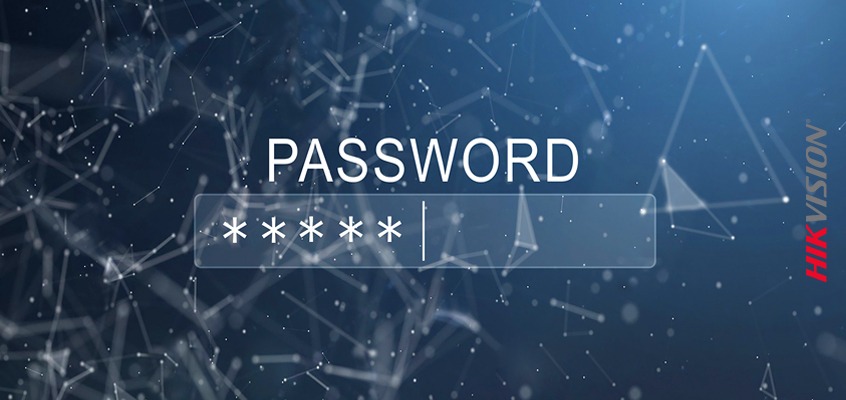New Study Finds Security Concerns with Employee Password Approach, Risk of Hacks

Hikvision Recommendations to Improve Password Hygiene, Reduce Security Concerns and Hacks in IoT Devices Such as DVRs
A new study by password manager provider Dashlane, “Workplace Security Survey,” researched concerns with employees’ perceptions of who is responsible for preventing cybersecurity threats and hacks. The findings were detailed in the Security magazine article, “70% of U.S. employees believe it’s their company’s job to defend against workplace hacks.”
The study surveyed more than 2,000 adults in the U.S. during October 2020 and found weak employee password practices that could increase the risk of hacks or security breach.
From the Dashlane blog about the study: “30 percent of survey respondents said they reuse business account passwords, while 22 percent reported that they recycle personal passwords for business accounts. In fact, 59 percent of U.S. workers said they are more concerned about safeguarding personal accounts than business ones. This might be because employees assume that IT and security departments protect corporate passwords and data, but not personal credentials. More than two-thirds (70 percent) of respondents believe it is their company’s responsibility to make sure their work accounts aren’t hacked or breached.”
The study also found that:
- 20 percent of respondents request a password reset every time they forget their work account password.
- 25 percent of survey respondents stated they use a password manager tool to track work account passwords.
Enabling multi-factor authentication and use of password managers can help reduce security breach risk. Continue reading below for insights from Hikvision on tools to reduce risk.
Hikvision Tips to Reduce Hacks, Improve Password Hygiene
Many of us must create hundreds of passwords. Cybersecurity experts recommend we make these passwords long and complex, using all the character sets on your keyboard so that they are not easy to guess and harder to hack. This also makes them difficult to remember, so what do most people do? They reuse passwords, which is also a big no-no. Reusing password across accounts and logins increases the likelihood of being hacked.
The Importance of Creating a Unique Password for Every Login
Creating unique passwords for every account is very important. The reason is that if an attacker discovers your password for one account, they are likely to try that password for other popular online services and could gain access to all of your accounts. The advice to create unique passwords for every site and every application is sound, but since most people don’t know why that is recommended, they tend not to follow it. But with so many data breaches happening nowadays, your account information has likely been compromised for one site or another.
How Can I Improve My Password Hygiene?
There are several steps you can take to improve your password hygiene and create more secure passwords. Below are four password tips with helpful links that will make your life easier and a lot more secure:
- Enable multi-factor authentication (MFA) everywhere you can. This will protect your account even if an attacker gets your password. MFA adds two or more pieces of verifiable evidence or factors to the authentication process to greatly reduce security concerns by lowering the chances of an account being accessed by the wrong person.
- As we mentioned earlier in this article, never reuse passwords. Reusing passwords greatly increases the chances that your account will be compromised with a credential stuffing attack. Learn more about credential stuffing here.
- Sign up for “Have I Been Pwned?” so you are alerted if your email address shows up in a data breach. This is a free service and it will often alert you of a breach before the vendor or website contacts you.
- Use a Password Manager. Since our passwords all should be long and unique, it’s unreasonable to expect anyone to remember all of the passwords that an average person must use. Using a password manager will relieve you of that burden because you can store all of your passwords in the password manager and you won’t have to remember any of them. Password managers can also automatically enter your passwords into websites for you.
Reducing security concerns also encompasses firmware updates and patching software for anything Internet-connected, including DVRs, your home router, and smart devices. Learn more about reducing potential hacks of Internet-connected devices in this Hikvision blog: “Hikvision Cybersecurity Director Discusses Vulnerabilities in IoT Devices.”
